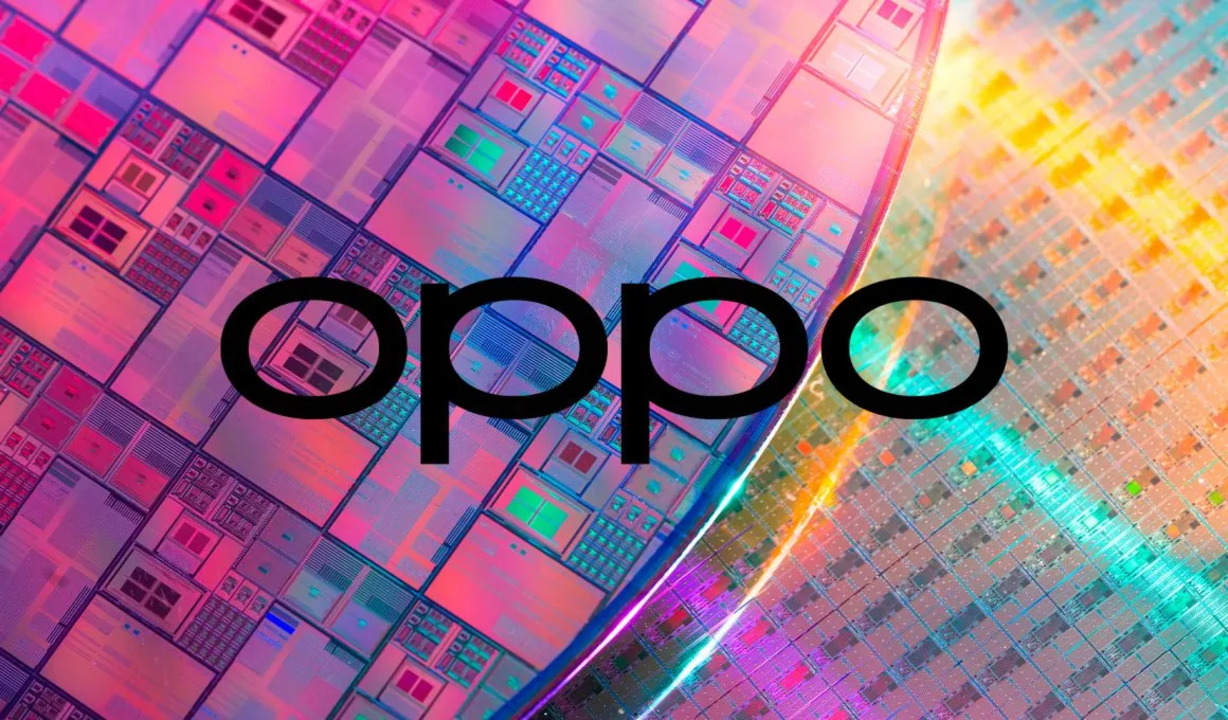Although Apple has made its own smartphone processor for years, it is not until the launch of Apple Silicon, especially Apple M1, that device manufacturers are aware of the benefits of the in-house chip. Since then, telephone makers besides Samsung and Huawei have tried to carve out their own space on the semiconductor market, from special purpose imaging chips to AI-oriented nerve processors and Google Tensor application processors on Pixel 6.
This is not a simple business, of course – if not, every phone maker will come out with their own brand CPU. However, it did not stop some companies from trying, and Oppo reported already had a road map to be a little less dependent on Qualcomm and MediaTek for the next two years. It will be reported to do this with its own application processor (AP) in 2023. Does it really produce good fruit, of course, there are still problems that must be seen.
There are benefits to make your own silicone if you really are able to do it with a successful report. You can decide what enters and what is not, and you can tweak the performance according to your own rules. More importantly, you don’t need to fight with teeth and nails with your rival on inventory, especially against larger companies that have stronger purchasing power. You still have to compete with the production room at the fabrication factory, of course, but there are more choices in that case compared to only two or three.
In fact, the house said that Oppo would utilize the TSMC process in creating its own chip. This is the same casting that provides services for Apple, Samsung, Qualcomm, and practically any company ever tried to make its own silicon. According to leaks, the first OPPO application processor will be carried out with a 6NM process and will be ready in 2023. The company’s first SOC (system-on-chip) which will integrate the modem, however, will use the TSMC 4NM process, but it is reported that it will not debut until 2024.
It will not be the first time Oppo has tried to make the chip itself, but it will definitely be the most ambitious. Last year, this launched Marisilicon X, which is a special imaging chip that integrates its own nerve processing unit (NPU) for AI-Powered processing. His efforts paid off, based on the Overview of Oppo found the X5 Pro camera, but it was still only a small step compared to the AP, especially SOC full.
However, at this time details about the Oppo processor are almost nonexistent. There has been no detail about the number of cores, their clock speed, or even whether it will target the premium or mid-range segment.
What is certain is that OPPO will face uphill battles and must be able to provide performance that will at least be able to stand for MediaTek’s offerings. This is truly a Herculean task, but who can have a big reward if the SOC market profitability is currently an indication.




Average Rating